Newsdesk Archive

This administration is basically trampling on the tribe’s history,’ says Raul Grijalva

When most people think of psychedelic drugs, they think of hippies in the sixties tripping on LSD or magic mushrooms. But at Johns Hopkins, fascinating research is being done using hallucinogens as medicine — and the results are promising, particularly when using psilocybin to treat addiction.
/https://public-media.si-cdn.com/filer/17/04/1704645a-8550-4ebd-8521-0dc497838a49/223258.jpg)
Nearly 50 years have passed since a human last set foot on the moon. But when team members of NASA’s 1972 Apollo 17 mission packed up for their return trip to Earth, they brought 245 pounds of the lunar ground they walked on back with them—for science, of course.

Researchers have discovered a "Paleolithic sanctuary" in Spain featuring more than a hundred engravings of figurative and abstract rock art, dated to around 15,000 years ago
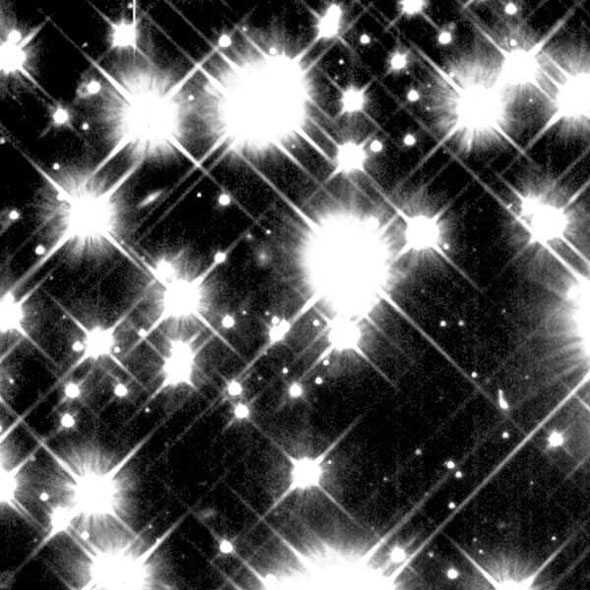
The majority of stars in the universe will become luminous enough to blast surrounding asteroids into successively smaller fragments using their light alone, according to a University of Warwick astronomer
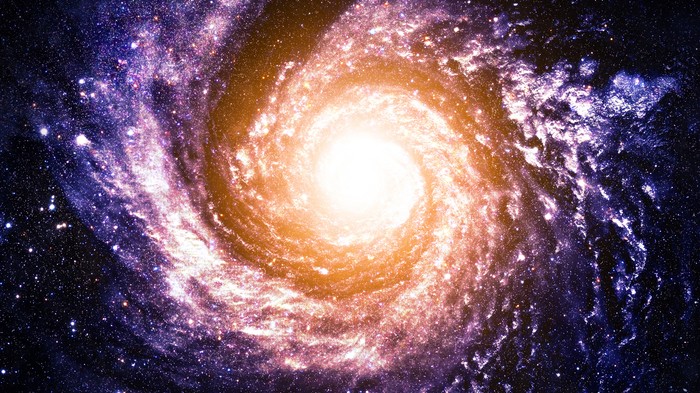
Scientists have discovered the first fast radio burst that beats at a steady rhythm, and the mysterious repeating signal is coming from the outskirts of another galaxy.
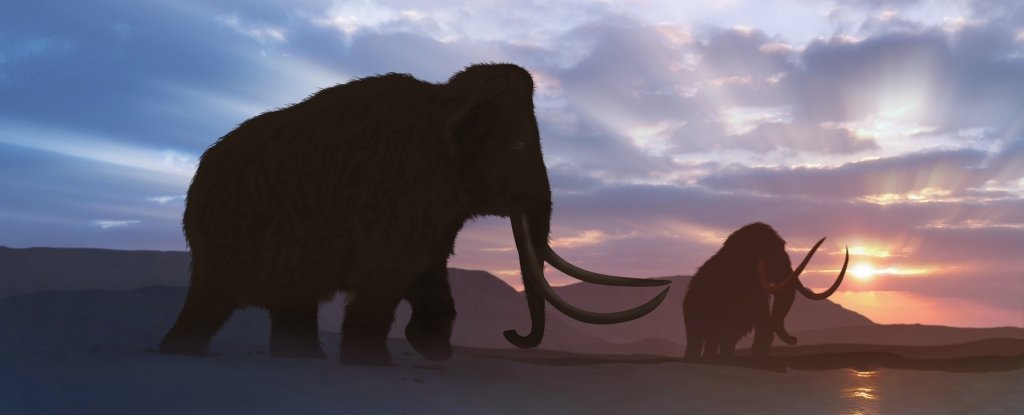
Four thousand years ago, the last woolly mammoths quietly died on their final bastion - the isolated Wrangel Island, north of Russia in the frozen Arctic. Their demise was sudden, and strange; now, new evidence points to the mammoths themselves as partial agents of their own demise.

SANTA CRUZ — At first glance, it looked like an ordinary gardening workshop. On a table at the front of the room sat soil additives, humidity detectors and an oyster mushroom the size of a grapefruit.

The contractor that is building President Donald Trump's border wall in southwestern Arizona began blasting this week through a site that the Native American O'odham people consider sacred to make way for newer, taller barriers.

Reporters are given rare access to a once-in-a-generation meeting of indigenous groups trying to save the Amazon.
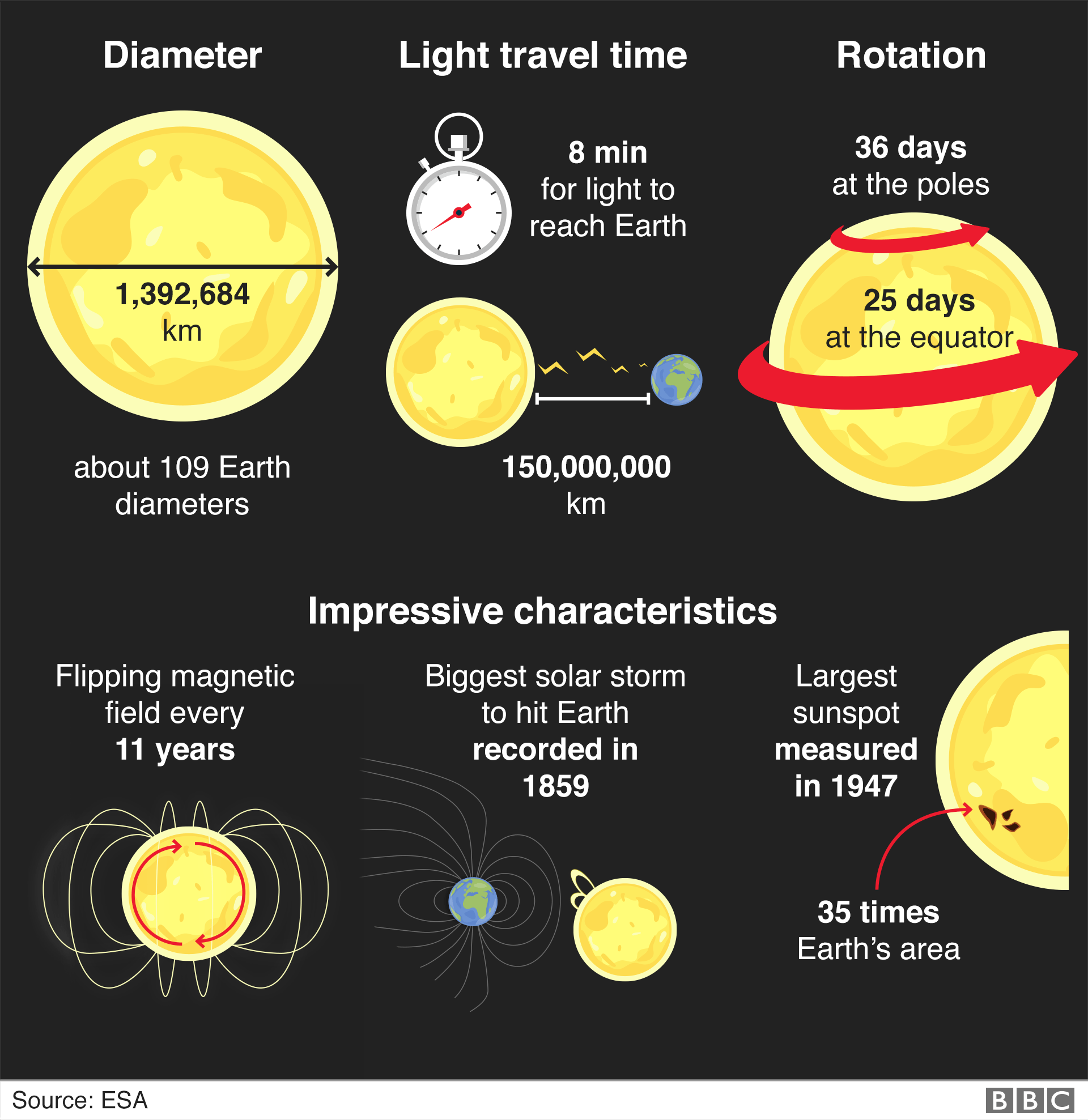
Europe's audacious Solar Orbiter probe is all set to lift off on its quest to study the Sun from close quarters.
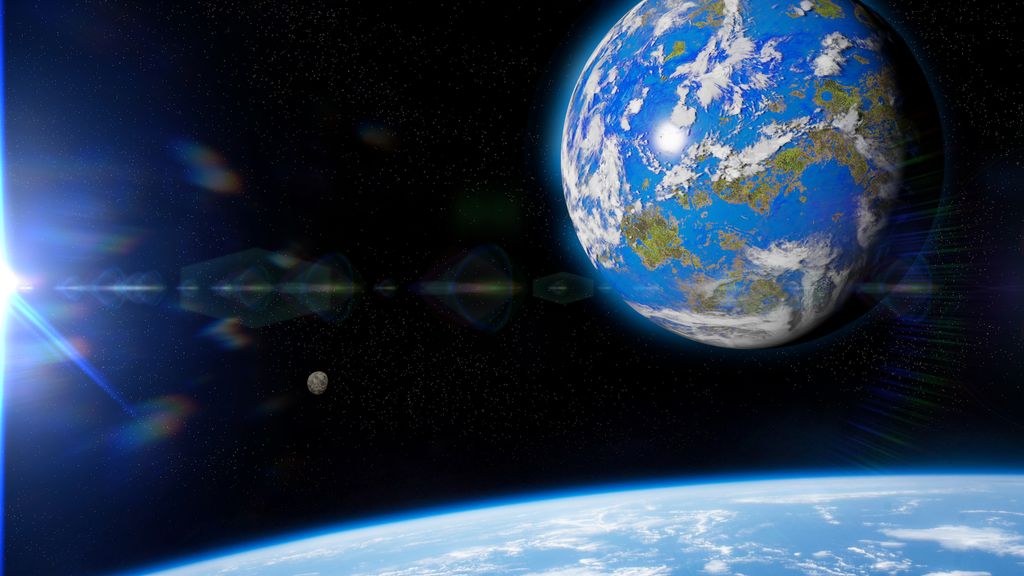
For nearly four years, NASA's Kepler spacecraft whisked through space, surveying our corner of the galaxy. It monitored more than 150,000 stars, looking for planets about the size of Earth that belonged to other solar systems.

The full moon of February, called the Snow Moon, will occur in the eastern U.S. during the wee hours of Sunday, Feb. 9, about a day before reaching perigee, the closest point to Earth in its orbit — creating a full moon that appears slightly larger than average.

According to a new paper published Feb. 5 in the journal Nature, the color change is a signal of a water cycle on the first comet ever visited by a human probe.

What looks like a tasty, blue gumdrop decorated with white frosting is actually a 1,200-year-old glass "king" piece that may have belonged to an elite gamer, according to Durham University, and DigVentures.

Slightly stoned mice show marijuana may fight age-related memory loss.

Scientists studying so-called 'flammable ice' in the Sea of Japan have made a startling discovery—the existence of life within microscopic bubbles.

D.C. voters would have the opportunity in November to make the District the fourth U.S. city to decriminalize psychedelic, or “magic,” mushrooms if activists collect enough signatures for a ballot initiative.
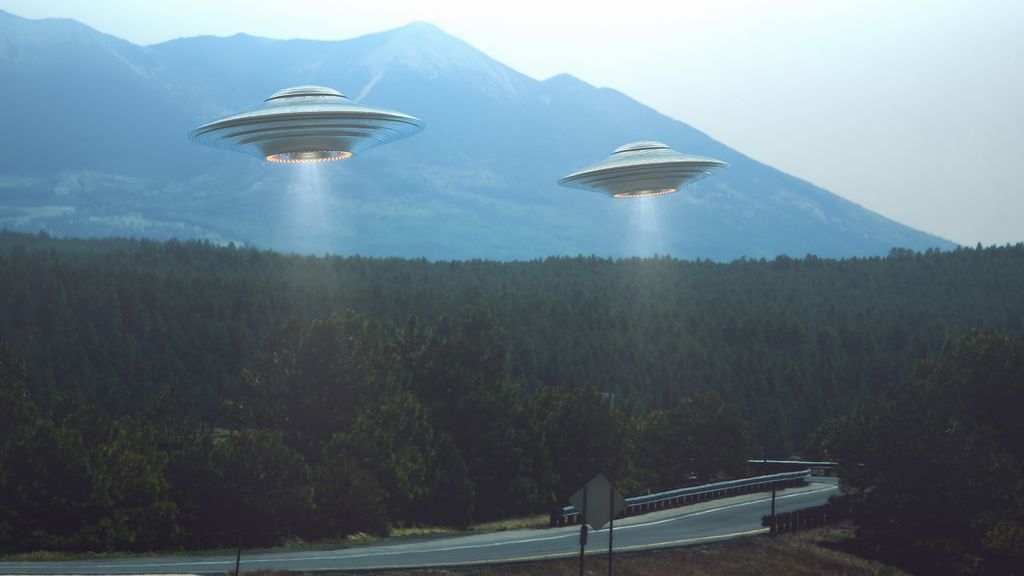
The U.K.'s Ministry of Defense will publish secret UFO reports for the first time.

The red giant star engulfed its smaller stellar companion.

The discovery of a 10,000-year-old skeleton in an underwater cave in Mexico provides new evidence humans did not first arrive in the Americas as a single population as “traditional” theory holds, but came from various areas, researchers claim.
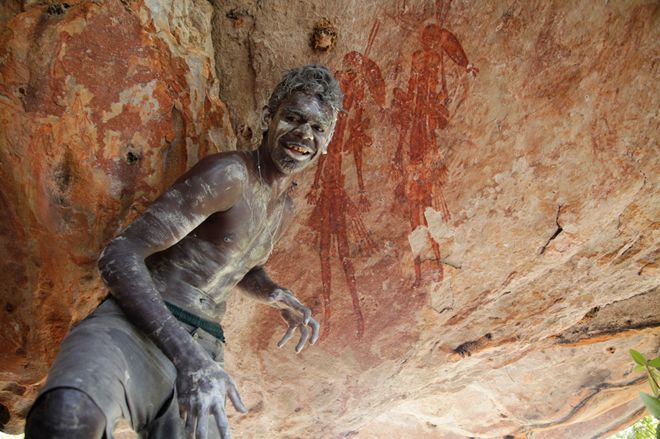
When the veteran telecoms engineer Damien Finch went on a three-week bush walk in Australia's Kimberley region, he became enthralled with its rock art. "I couldn't believe how little was known about them; we didn't even know how old they were," Damien said.

Six date seeds as old as the Dead Sea Scrolls are now flourishing as trees on a kibbutz. Their names are Adam, Jonah, Uriel, Boaz, Judith, and Hannah, and their ages are—well, actually, this one’s a bit complicated.
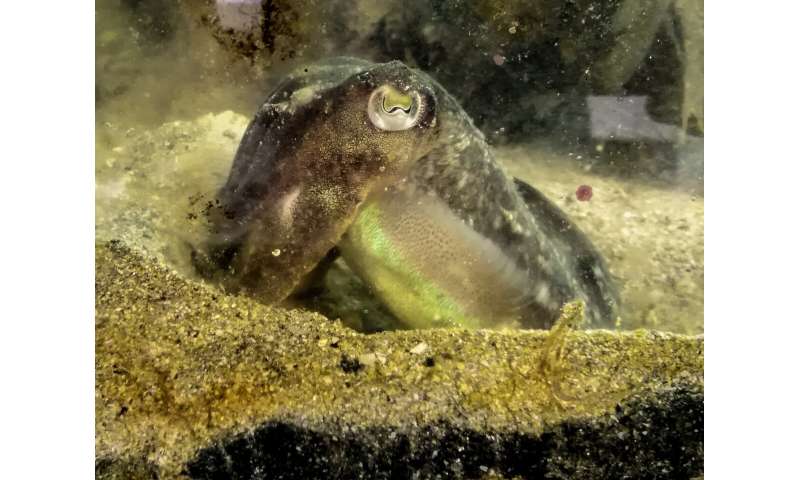
When cuttlefish know that shrimp—their favourite food—will be available in the evening, they eat fewer crabs during the day. This capacity to make decisions based on future expectations reveals complex cognitive abilities.
When cuttlefish know that shrimp—their favourite food—will be available in the evening, they eat fewer crabs during the day. This capacity to make decisions based on future expectations reveals complex cognitive abilities.

After decades of poking around in the math behind the glue holding the innards of all matter together, physicists have found a strange hypothetical particle, one that has never appeared in any experiment. Called a sexaquark, the oddball is made up of a funky arrangement of six quarks of various flavors.
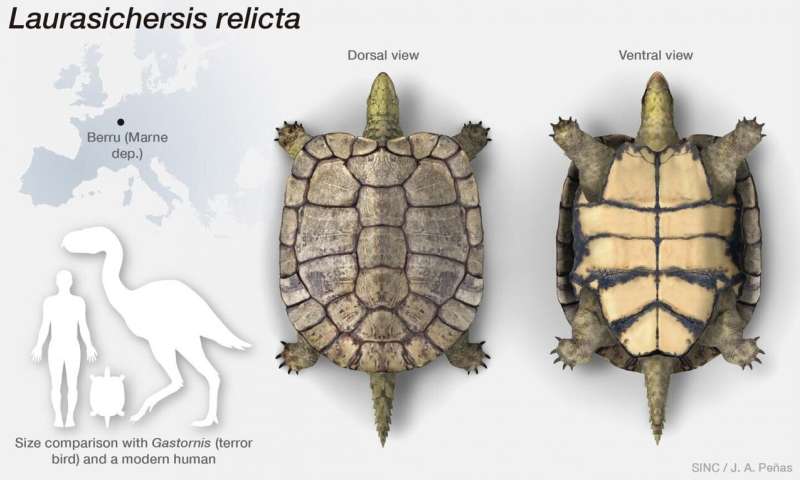
Sixty-six million years ago, in the emerged lands of Laurasia—now the northern hemisphere—a primitive land tortoise, measuring about 60 cm, managed to survive the event that killed the dinosaurs.
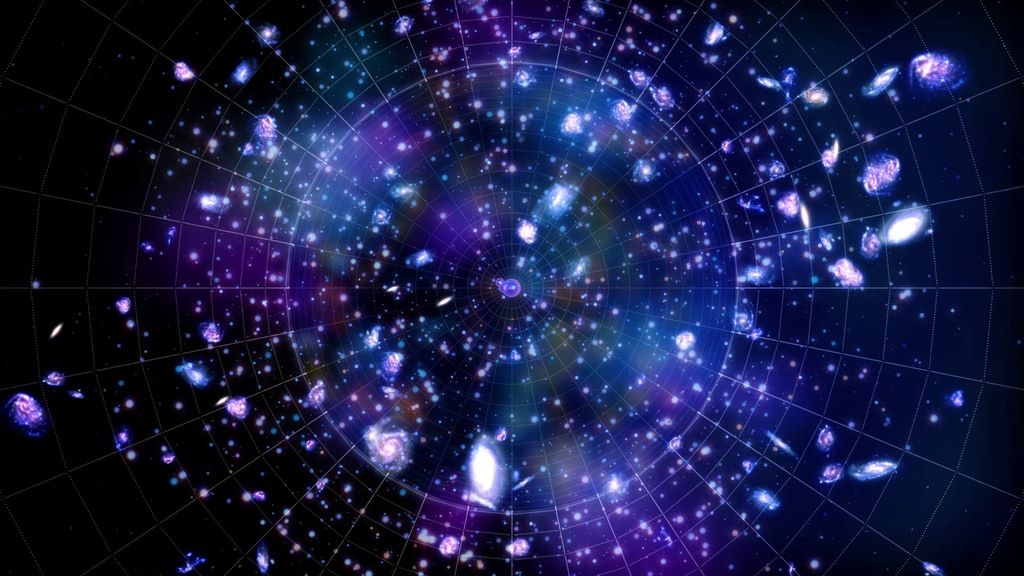
It was a big moment for our cosmos when the first stars awoke, but it's an elusive one for scientists. In new research, however, a team of astronomers has identified some of the oldest galaxies ever seen.

This isn’t the psychedelic you remember from college. It isn’t an eight-hour marathon experience tripping through the woods like Alice. It’s fast-acting, short-duration — sometimes lasting as briefly as seven minutes — and is a rocket-ship ride into the center of the cosmos.

Like most ancient technology, toilets seem to have been independently invented in several cultures — and went through many stages of innovation before becoming loos you’d like to use today.

The smoldering crater left by the apocalyptic space rock became a nice home for blue-green algae within years of the impact.
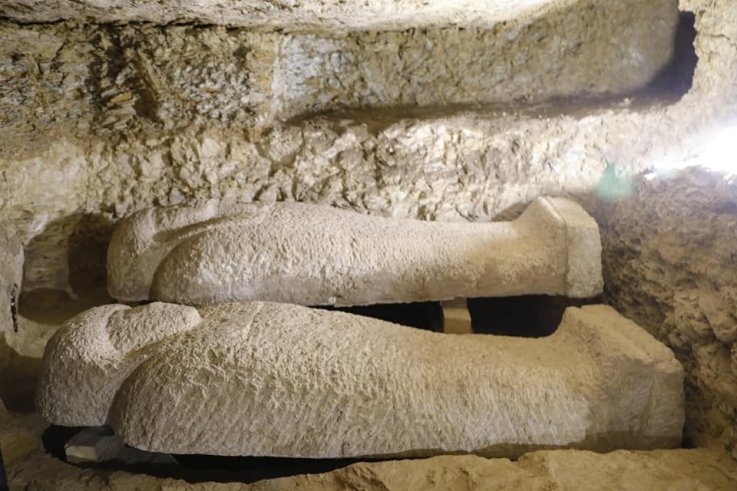
Digs in Egypt's City of the Dead have unearthed a hoard of ancient artefacts, including amulets, canopic vases and 16 tombs containing approximately 20 coffins and sarcophagi between them.

The human story tends to go like this: Anatomically modern humans, aka Homo sapiens, arose in Africa some 200,000 to 300,000 years ago, and then left the continent around 60,000 years ago in a single mass migration to go colonize the rest of the world. But here's a plot twist or two

Evolution is an ongoing process, although many don’t realize people are still evolving. It’s true that Homo sapiens look very different than Australopithecus afarensis, an early hominin that lived around 2.9 million years ago.

A group of archaeologists will carry out a survey of a former Ice Age landscape in Jersey to understand more about its history. The team of experts hopes the survey will help them explore how Neanderthal people and other early humans used the landscape and how it matches up with discoveries made on land.

African populations have been revealed to share Neanderthal ancestry for the first time, in findings that add a new twist to the tale of ancient humans and our closest known relatives.

Egypt's antiquities ministry on Thursday unveiled the tombs of ancient high priests and a sarcophagus dedicated to the sky god Horus at an archaeological site in Minya governorate.

Legendary linguist Noam Chomsky is both revered and controversial. His ideas have helped found and frame modern cognitive science. One of those ideas is the notion that a single gene mutation, perhaps prompting a rewiring in the brain yielding novel neural circuitry, gave rise to human language between 70,000 and 100,000 years ago.

We humans really like to think that we’re exceptional among the creatures of the Earth. But it wasn’t always that way. Until relatively recently, there were multiple types of humans, not just Homo sapiens. There were Neanderthals, and the more mysterious, recently discovered Denisovans.
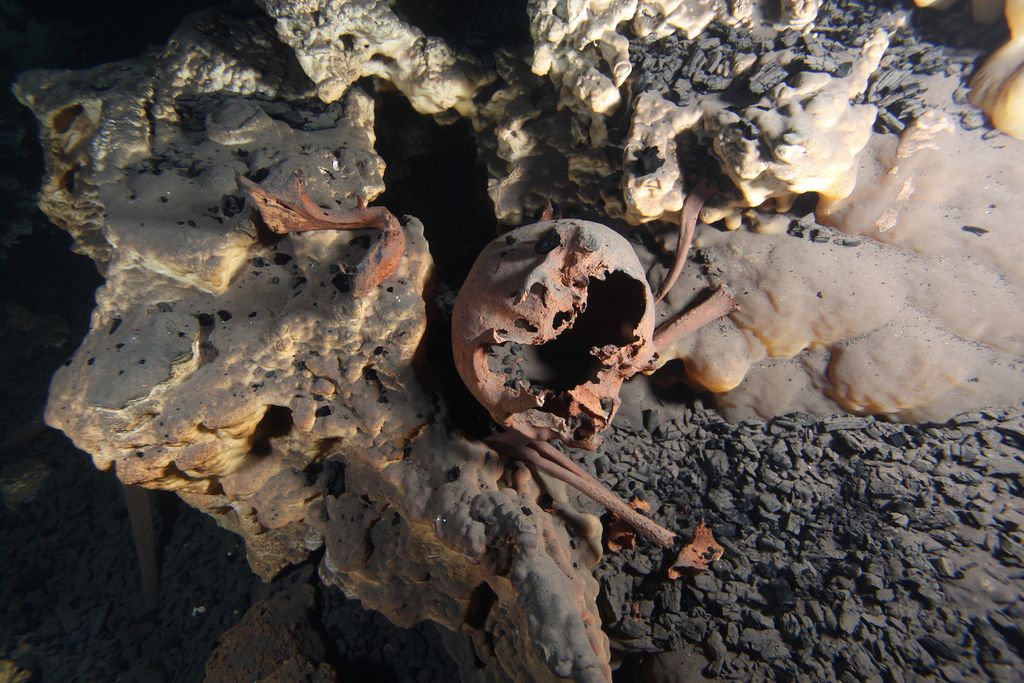
The earliest humans in North America were far more diverse than previously realized, according to a new study of human remains found within one of the world's most extensive underwater cave systems.
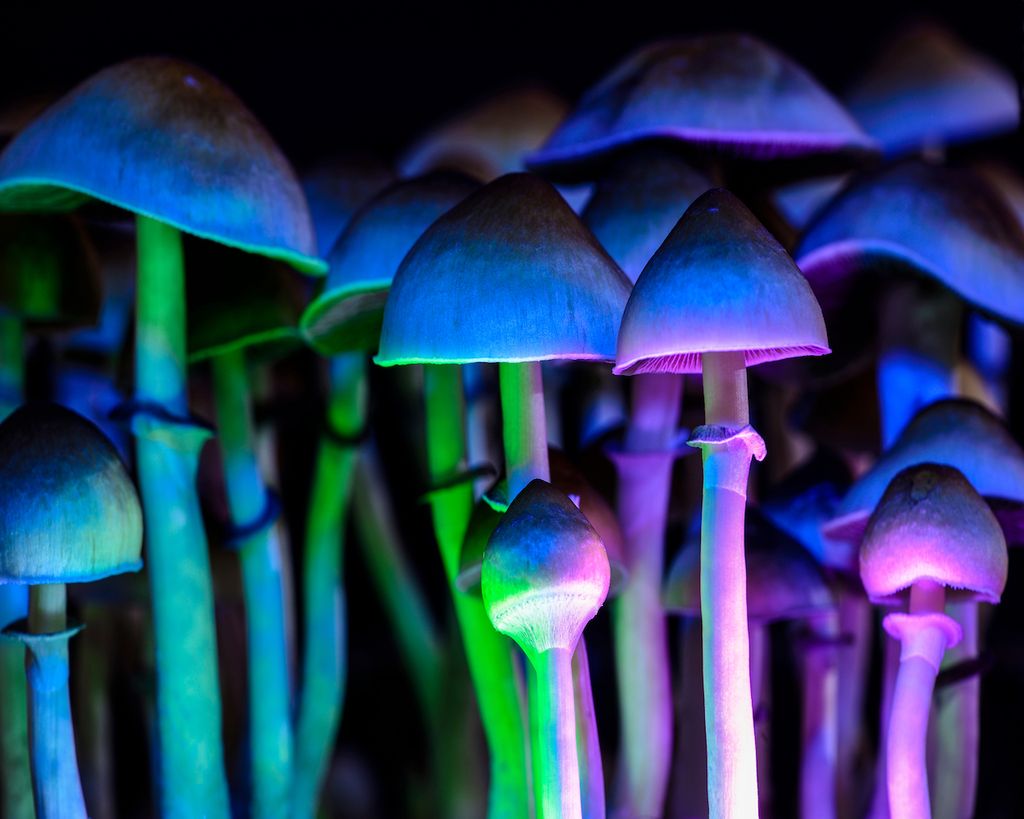
Reference article: Facts about psilocybin.

On Tuesday night, the Santa Cruz City Council unanimously voted to decriminalize a wide range of psychedelics. The resolution would make "the personal use and personal possession of Entheogenic Plants and Fungi," like magic mushrooms and ayahuasca, one of the lowest priorities for police in the city.

When mysterious glowing stripes of green lit up Finnish skies in 2018, it didn't go unnoticed by avid aurora chasers. The pattern of light was unfamiliar and strangely perfect, reaching out toward the horizon like a set of celestial sand dunes.

An undead vampire star feeds on its victim, the two tug hard on this lifeblood swirling in space — then boom, and repeat.

A study, published in a reputable, peer-reviewed international journal, makes a bold claim about the potential of psychedelics – not only for improving mental health, but also, remarkably, as a key to overcoming inaction in the face of the climate crisis.
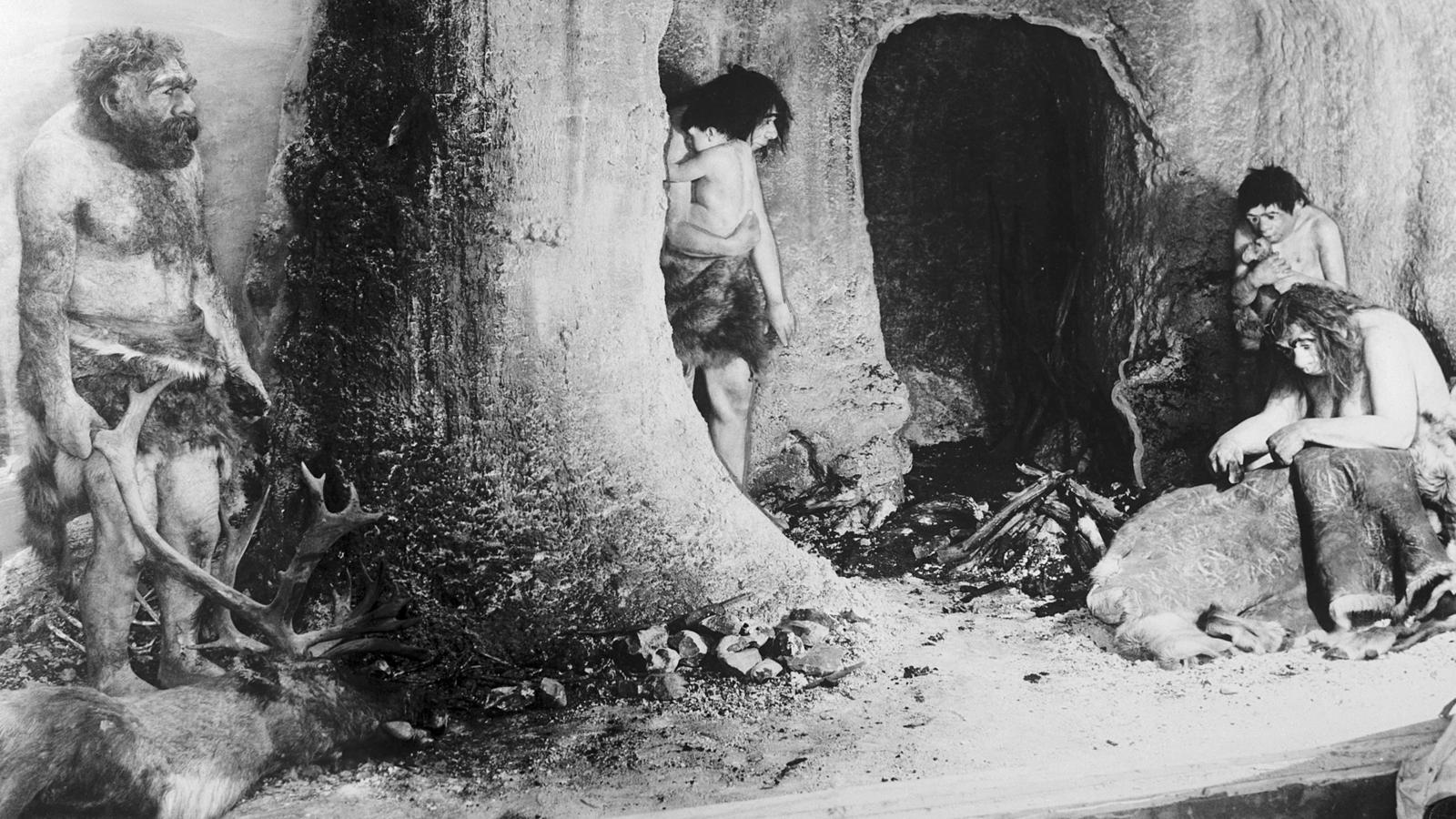
In many ways, the last surviving Neanderthals are a mystery. But four caves in Gibraltar have given an unprecedented insight into what their lives might have been like.

The Bahamian hutia, a large Caribbean rodent with a blissed-out disposition, presents a curious case study in how human food preferences can drive biodiversity, sometimes shaping it over 1,000 years.
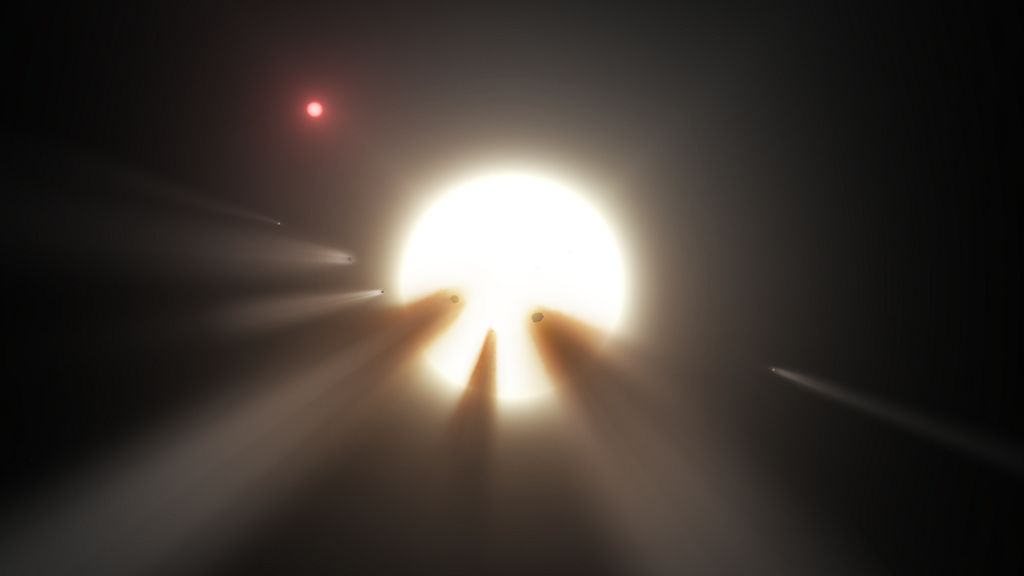
A pair of Harvard astrophysicists have proposed a wild theory of how life might have spread through the universe.

A pair of physicists think they've found evidence of a black hole that would violate the neat model drawn from Albert Einstein's theory of general relativity.
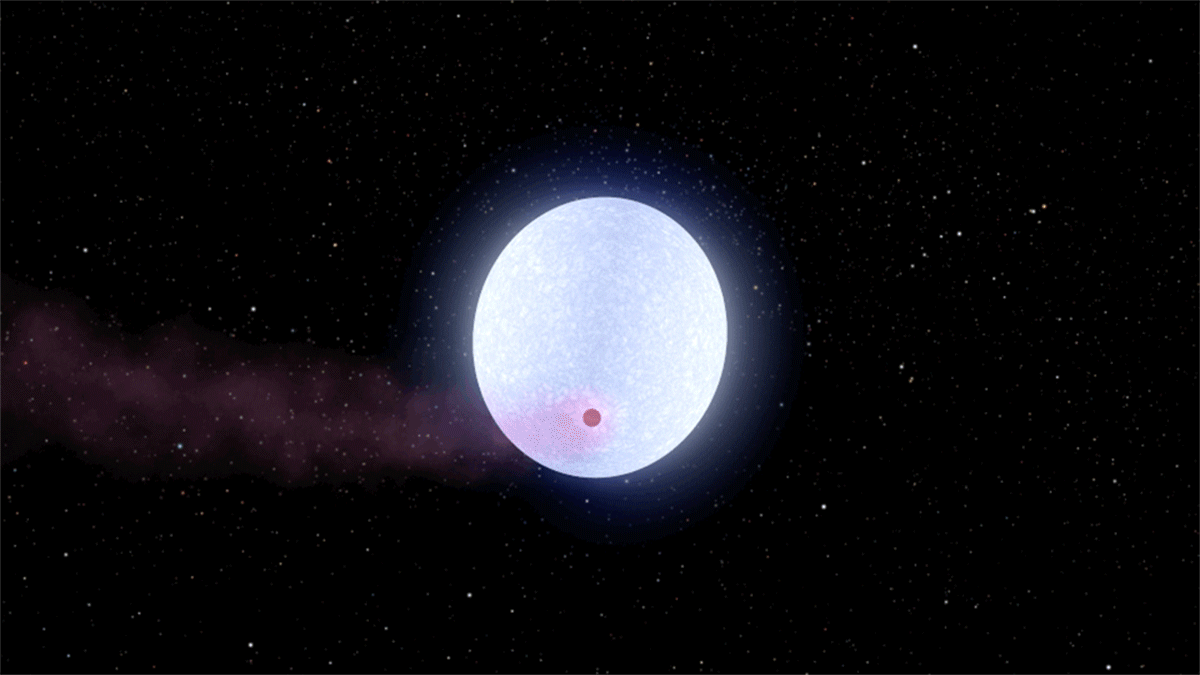
The hottest exoplanet ever found is so infernally hot that it's ripping apart hydrogen molecules in its atmosphere, astronomers have found.

Saint-Louis, the old colonial capital of Senegal, faces a flooding threat that has already seen entire villages lost to the Atlantic

Archaeologists have dug up ancient human feces, among other demographic clues, to challenge the narrative around the legendary demise of Cahokia, North America's most iconic pre-Columbian metropolis.

For a long time Neanderthals were seen as intellectual lightweights. However, several recent finds have forced a rethink of their cognitive and creative abilities.

It was night two of a grueling four-night ayahuasca retreat when Amber Wick says she had visions of pulling her own beating heart from her chest and holding it in her bare hands.

Herculaneum was just one of several towns smothered by ash and savaged by superheated volcanic avalanches. But three centuries later, experts are still unsure as to what precisely killed the victims of this once bustling metropolis.
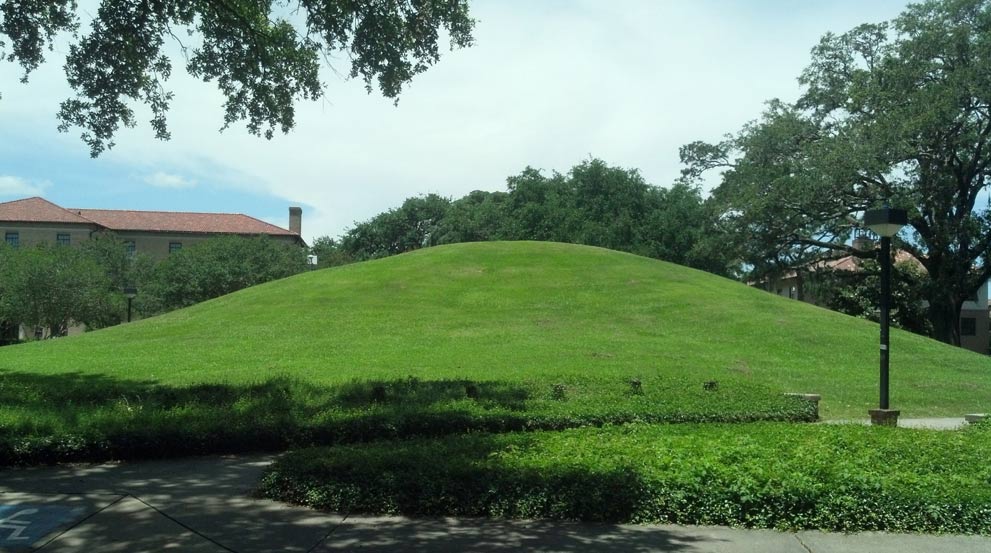
A North American scientist has claimed that group of ancient mounds are among the oldest structures in North America .
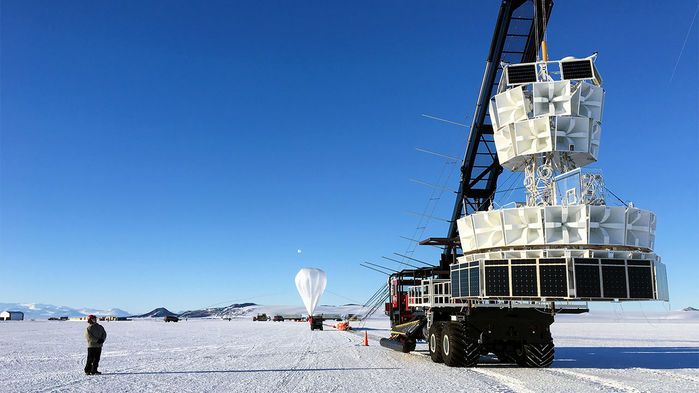
Our best model of particle physics is bursting at the seams as it struggles to contain all the weirdness in the universe. Now, it seems more likely than ever that it might pop, thanks to a series of strange events in Antarctica. .

Local people called them “Ciampate del Diavolo” or the devil’s trail, as only a supernatural entity could leave its footprints in apparent solid rocks.
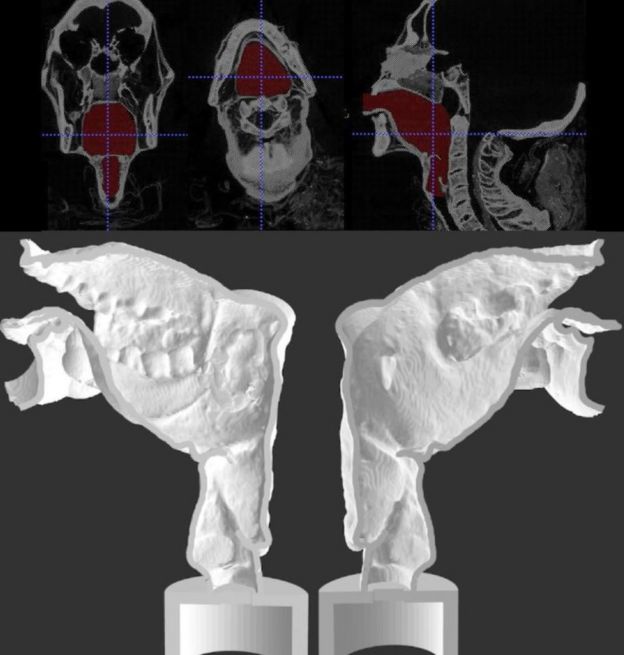
Scientists have fulfilled a mummified Egyptian priest's wish for life after death - by replicating his voice with artificial vocal cords.
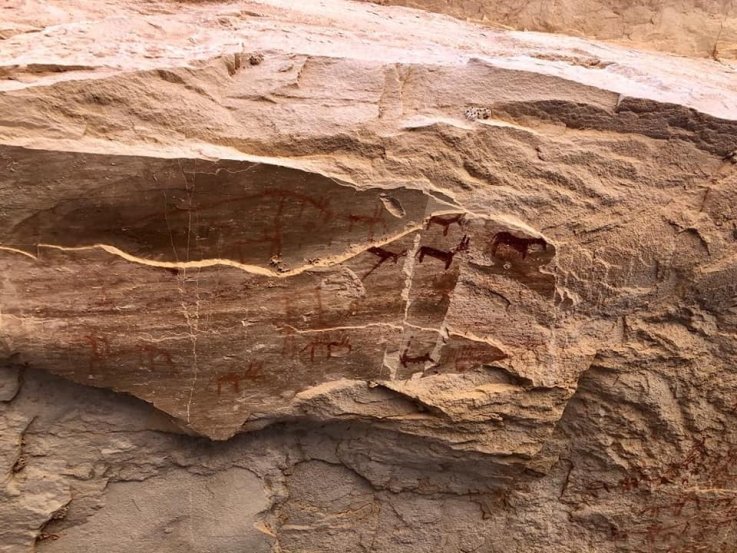
A chance encounter has led to the discovery of a small sandstone cave in the middle of the Sinai in Egypt. The cave is colorfully decorated with paintings of people and donkeys, some of which date back to 10,000 BCE.

Our new study puts a precise age on the cataclysmic impact – showing Yarrabubba is the oldest known crater and dating it at the right time to trigger the end of an ancient glacial period and the warming of the entire planet.

The ancient DNA of four children who lived thousands of years ago in western Cameroon has unearthed many more questions than answers.
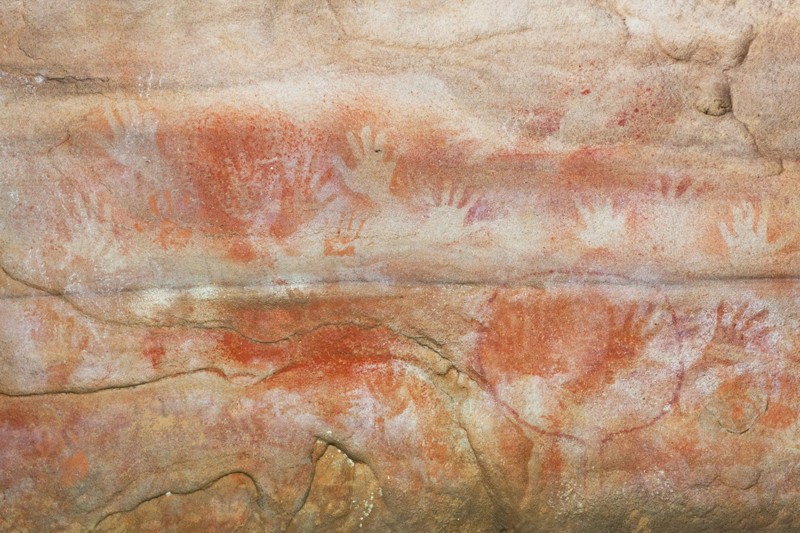
Indigenous communities and archaeologists fear thousands of historic Aboriginal sites and artefacts have been damaged — or destroyed — by fires that have ravaged Australia

The discovery is latest success in a method that's revolutionizing archaeology and paleontology.

Scientists have revealed tin ingots from more than 3,000 years ago found in Israel. They have established that ancient tin ingots found in Israel actually came from what is now modern-day Britain.

An ambitious mission to drill into the Antarctic ice sheet to extract some of the oldest ice on the planet will provide vital clues about a mysterious shift in the behaviour of our planet's climate.

Protecting the ecosystems we share starts with acknowledging that humans aren’t the only species with pathways and landmarks.

The National Heritage Department has found more than 100 prehistoric Paleolithic artefacts estimated at 17,000 years old in several caves in Gunung Pulai, Baling.
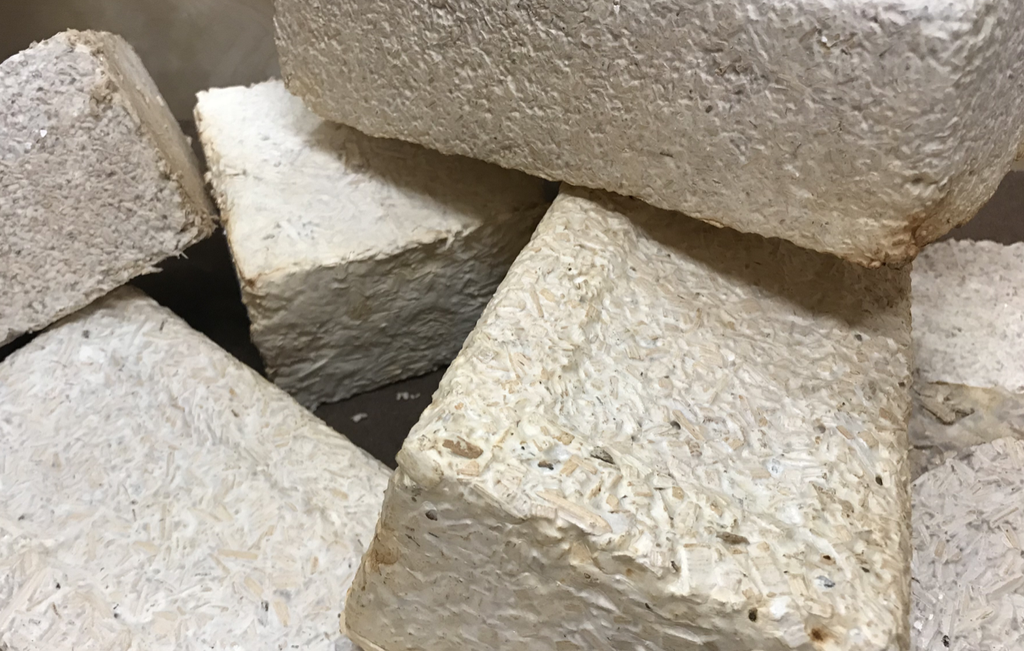
NASA researchers are investigating the potential of mycelia — the mass of nutrient-absorbing, widely branching underground threads that make up much of a fungus's bulk — to help construct outposts on the moon and Mars.

Tiny crystals in Australia are helping scientists unlock the ancient history of our planet's first magnetic field, which disappeared hundreds of millions of years ago.

New research presented by the Medical University of South Carolina’s Dr Michael Mithoefer says that psychedelics like MDMA and psilocybin mushrooms can be used to treat Post Traumatic Stress Disorder.

A microbe found in the muddy depths of the Pacific Ocean doesn't look like much other than a blob with tentacles. But this unassuming little organism may hold the secrets to how the first multicellular life-forms evolved, according to new research.
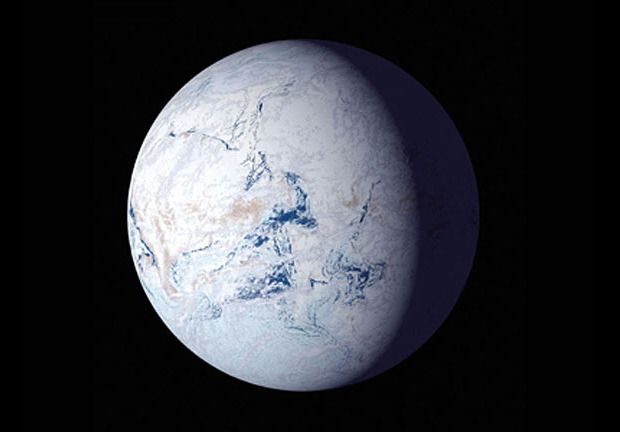
Scientists have identified the oldest known impact crater on Earth — and the ancient structure could tell us how our planet emerged from a long-ago frozen phase.

Although research suggests that Neanderthals ate mostly meat, our extinct cousins had a formidable jaw structure that should have enabled them to process a variety of foods.

As psychedelics reform efforts pick up across the U.S., there’s an increasing weariness among advocates about the potential corporatization that may follow.
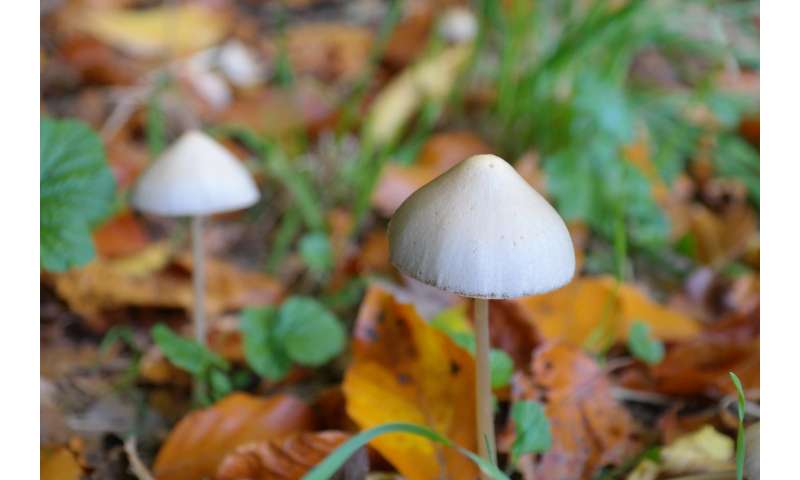
People who had recently used psychedelics such as psilocybin report a sustained improvement in mood and feeling closer to others after the high has worn off, shows a new Yale study published the week of Jan. 20.

If we discovered evidence of alien life, would we even realize it? Life on other planets could be so different from what we're used to that we might not recognize any biological signatures that it produces.

An asteroid did do the deed, study suggests, then volcanism shaped life in its aftermath.

A team of researches and archaeologists from the Sorbonne University has confirmed a fragment of a fossilized skull, which had been found in an Iranian cave, belongs to Homo sapiens, the only extant human species.

Research on psychedelics, which have been profoundly stigmatized, highly restricted, and tragically undeveloped for more than half a century, is stirring back to life....

The first research center of its kind in the country is bringing renewed rigor to the investigation of the drugs’ therapeutic uses.
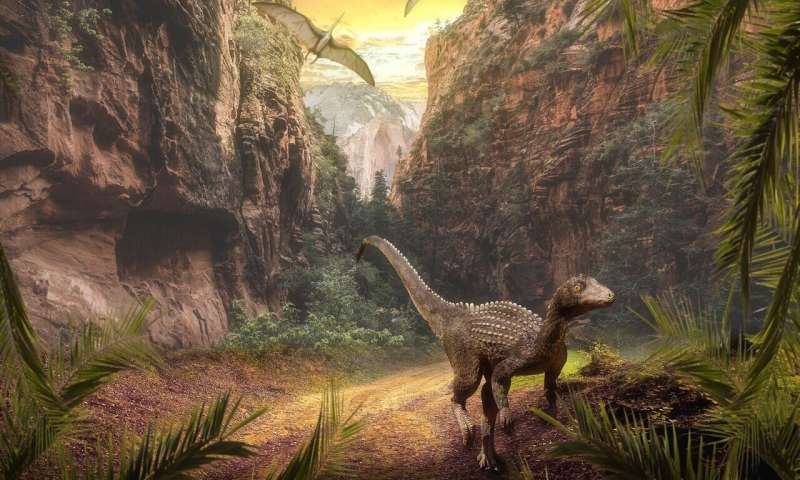
Volcanic activity did not play a direct role in the mass extinction event that killed the dinosaurs, according to an international, Yale-led team of researchers. It was all about the asteroid.
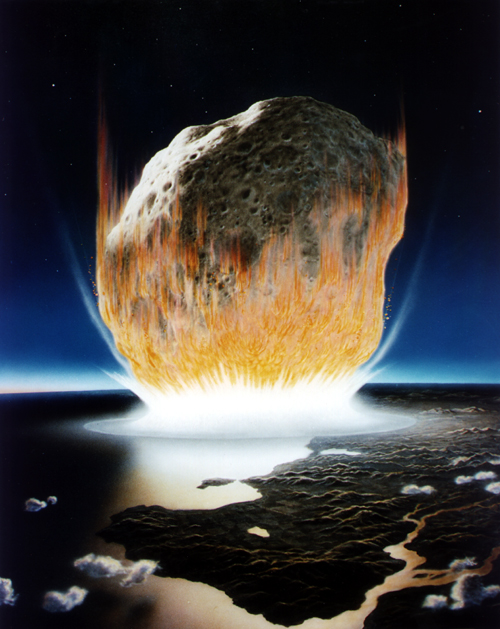
Marine die-offs after the impact may have created opportunities for the life that survived around the globe, new data reveal.

A significant discovery might forever change our picture of the distant past, and our estimation of how intelligent our ancient ancestors were.

Turkey's State Opera and Ballet will present audiences with the story of the mysterious 12,000-year-old site of Göbeklitepe in an operatic form on Feb. 19.

April 29, 2017, a fireball flew over Kyoto, Japan. Compared to other fireballs spotted from Earth, it was relatively bright and slow. Now, scientists have determined not only what the fireball was, but also where it came from.

New data suggests that our evolutionary cousins the Neanderthals may have been diving under the ocean for clams. It adds to mounting evidence that the old picture of these ancient people as brutish and unimaginative is wrong.
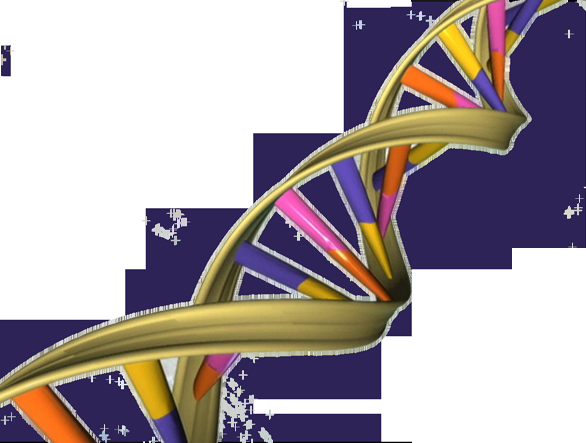
During the past decade, our human evolutionary tree has turned into something more resembling an unwieldy bush.
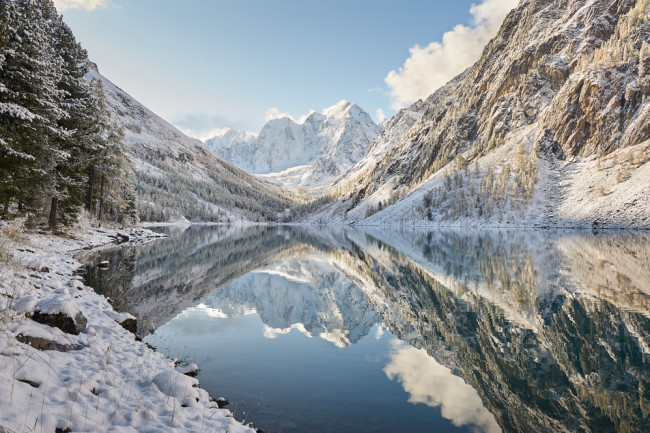
Near the Arctic Circle, a group of Neanderthals may have persisted for thousands of years after the rest of their species disappeared.

About 790,000 years ago, a meteor slammed into Earth with such force that the explosion blanketed about 10% of the planet with shiny black lumps of rocky debris.

Be warned. If the rise of the robots comes to pass, the apocalypse may be a more squelchy affair than science fiction writers have prepared us for.

Andrew McCarthy, who last year dropped jaws with a stunningly clear composite photo of the moon made up of 50,000 exposures, is back with a more colorful take on our closest celestial neighbor.
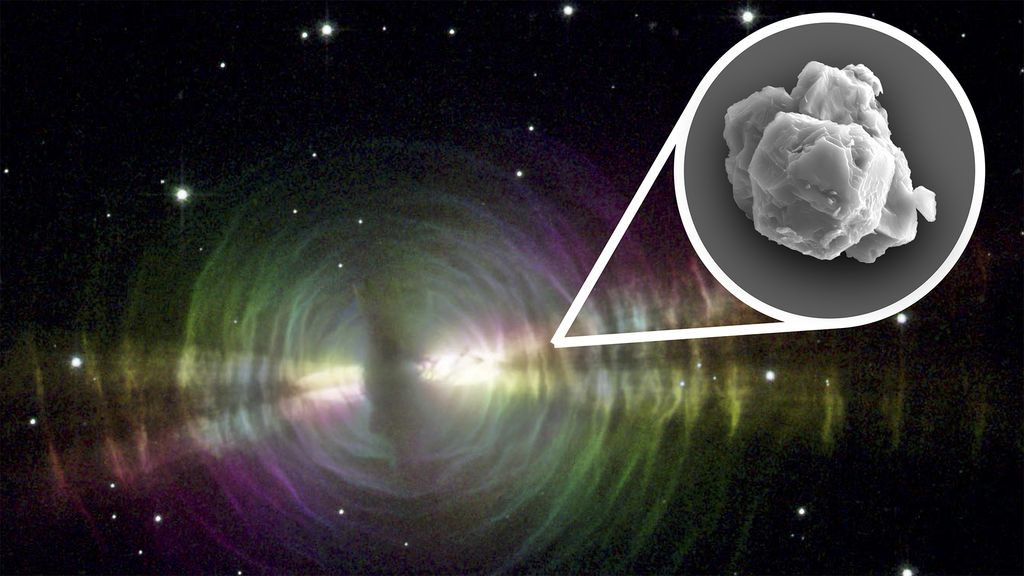
Scientists recently identified the oldest material on Earth: stardust that's 7 billion years old, tucked away in a massive, rocky meteorite that struck our planet half a century ago.

Psychedelics decriminalization could be coming to the nation’s capital, where advocates recently submitted a ballot initiative to make entheogenic substances among the city’s lowest law enforcement priorities.
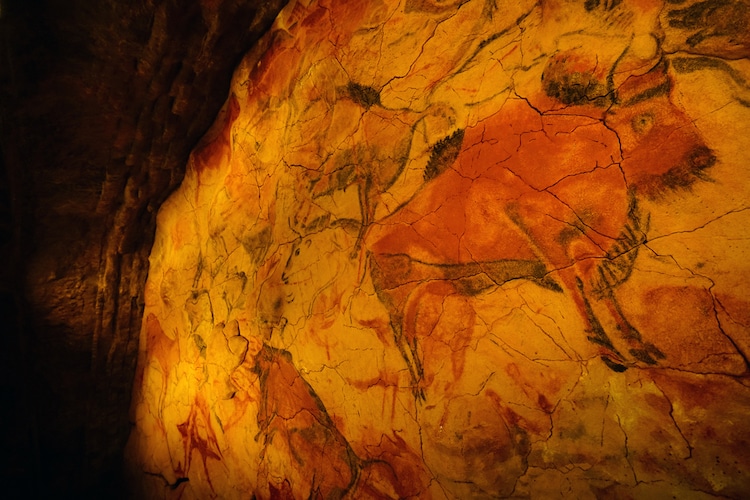
When we think of what life must have been like in prehistoric times, we don’t often leave much space to consider the art these people may have left behind.

It was a few hours into his first ayahuasca treatment that Kerry Rhodes vomited a foetus into a bucket and found truth.

New archaeological discoveries are being found in almost every part of the world. And thanks to new and improved technologies, these ancient discoveries are being found quicker than before.

Columbus' accounts of the Caribbean include harrowing descriptions of fierce raiders who abducted women and cannibalized men, which were dismissed as myths but a new study suggests they may have been true.




